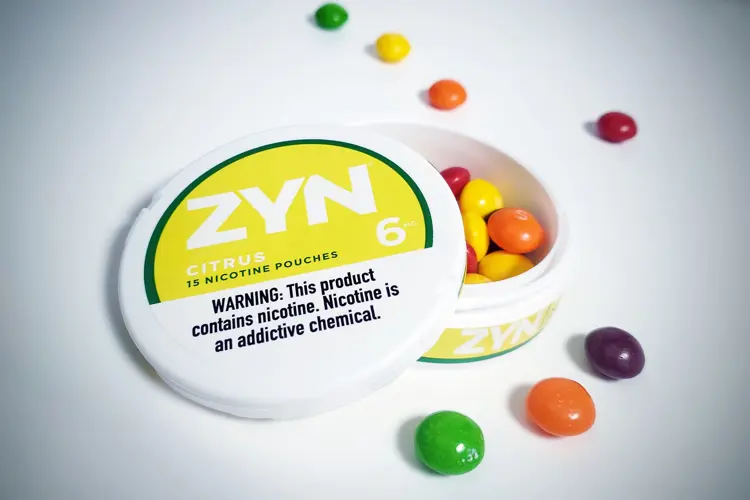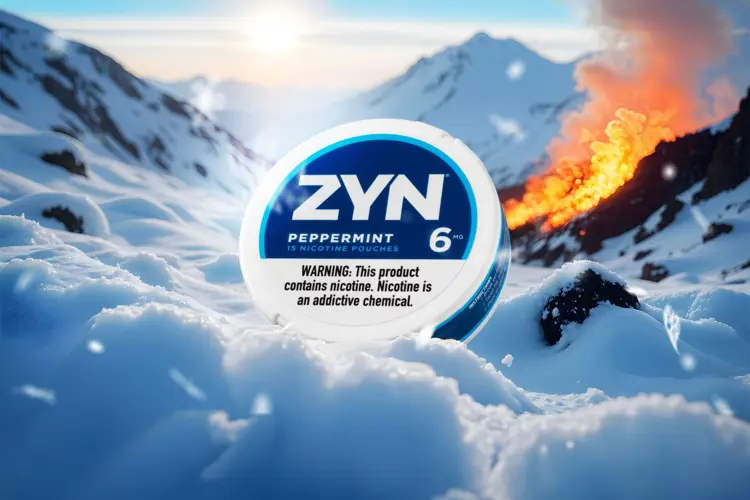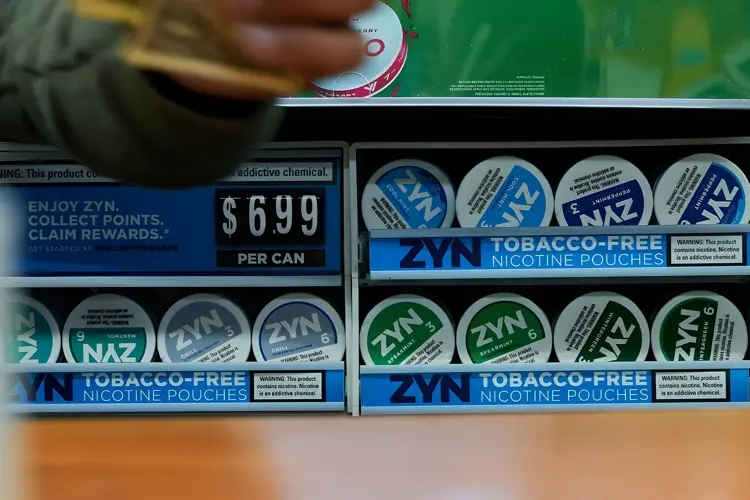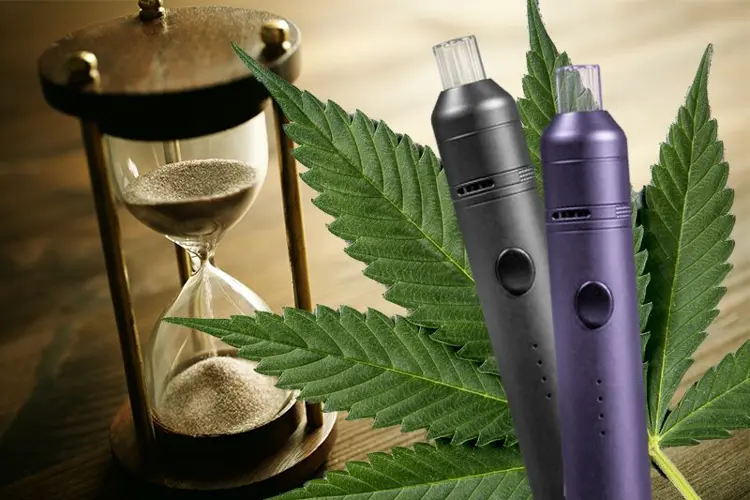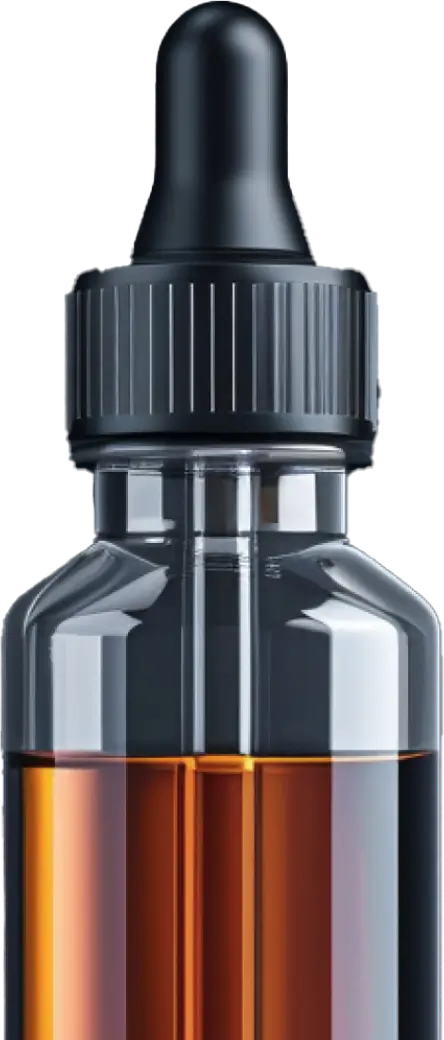With all the consumer nicotine options on the market, it can be difficult for a smoker to know which works best. We decided to have a look at three of the most popular choices and list some pros and cons.
Nicotine Patches
Nicotine patches are a pharmaceutical nicotine replacement therapy (NRT) that became available in the early 1990's, and have faced controversy over their effectiveness ever since. They’re small transdermal patches containing various strengths of nicotine that is released into the user's bloodstream with the intent of reducing cigarette cravings.
The manufacturers of these patches claim that they double a smoker's chances of success when attempting to quit, but results from independent studies have varied. Research conducted at Vanderbilt University determined a roughly 6-11 percent effectiveness rate when used for smoking cessation. That study only measured success after 24 weeks.
The newest and most-controversial product on this list is arguably the most disruptive to smoking rates globally.
Nicotine patches spurred a wave of research on the effects of nicotine without the confounding factor of smoke. Discoveries have been made concerning possible health benefits and medical uses for nicotine thanks to the patch, including potential treatment for Alzheimer’s Disease, and for some other cognitive impairments like memory loss and dementia.
Research on aging patients with nicotine patches has also led to the understanding that nicotine without the supercharged delivery through inhaled smoke has very little potential for addiction. Patients who used nicotine patches for many months experienced no withdrawal symptoms after the trials ended.
Nicotine Gum
Nicotine gum was actually the first commercial NRT product sold. Available since the mid-1980’s, the gum originally required a doctor's prescription. It is now sold all over the world, usually over the counter. In some countries, nicotine gum is available to purchase for children as young as 12 years old and comes in a variety of attractive fruity and candy-like flavors.
The user absorbs nicotine through the soft tissue of the mouth and into the bloodstream as they first chew the gum and then place it between their gums and cheek when it starts to "tingle". This process repeats until the gum loses it's potency. Aside from the chewing, the process and result is identical to the method Swedish snus users employ. (Note that snus itself is 99-100 percent safer than smoking.)
Improper chewing can lead to a quick uptake in the entire dose instead of releasing over time
A Cochrane Review looking at a variety of studies estimated that the use of NRT like nicotine gum can increase cessation success rates for smokers from about five percent for cold turkey quitting to an average of 7-8 percent. Success rates are improved when combining NRT with either counseling or medication like bupropion (Zyban), or both.
Vaping
The newest and most-controversial product on this list is arguably the most disruptive to smoking rates globally. Invented in China in 2003, then released in Europe in 2006 and then the U.S. in 2007, e-cigarettes continue to garner the attention of advocates, opponents, and competing industries.
Despite flawed and misreported studies, and fear-mongering tactics employed by adversaries, vaping also has many strong supporters. Public Health England has released an expert independent evidence review stating that "the current best estimate is that e-cigarettes are around 95% less harmful than smoking," and "there is no evidence so far that e-cigarettes are acting as a route into smoking for children or non-smokers."
Vaping combines mouth-feel, habit, flavor and nicotine to deliver the sensations that smokers crave
With vaping, a nicotine-containing—or nicotine-free—aerosol (the technical term for vapor) is produced when e-liquid is exposed to a heating element and inhaled. Nicotine is absorbed into the lungs and the aerosol is exhaled. This process has been both praised and criticized for it's similar feel and visual likeness to smoking.
Regardless of opinion it is impossible to ignore the implications for harm reduction that such emulation suggests. Vaping combines mouth-feel, habit, flavor and nicotine to deliver the sensations that smokers crave, without the combustion that kills six million a year worldwide.
Additional options
As harm reduction earns a place at the quit-smoking table and replaces abstinence for many, smokers are finding new and effective alternatives. Entire industries have been created around the concept of safer nicotine consumption, and the future looks bright for those who seek alternative nicotine delivery.
President Trump promised during his election campaign to “save vaping," but his administration has undermined that goal at every turn.
The U.S. disposable vape market has grown to $2 billion in annual sales, although nearly none of the products are authorized by the FDA.
More than 30 bills that would impose severe restrictions vaping consumers’ product choices remain active in U.S. state legislatures.
The Freemax REXA PRO and REXA SMART are highly advanced pod vapes, offering seemingly endless features, beautiful touchscreens, and new DUOMAX pods.
The OXVA XLIM Pro 2 DNA is powered by a custom-made Evolv DNA chipset, offering a Replay function and dry hit protection. Read our review to find out more.
The SKE Bar is a 2 mL replaceable pod vape with a 500 mAh battery, a 1.2-ohm mesh coil, and 35 flavors to choose from in 2% nicotine.











